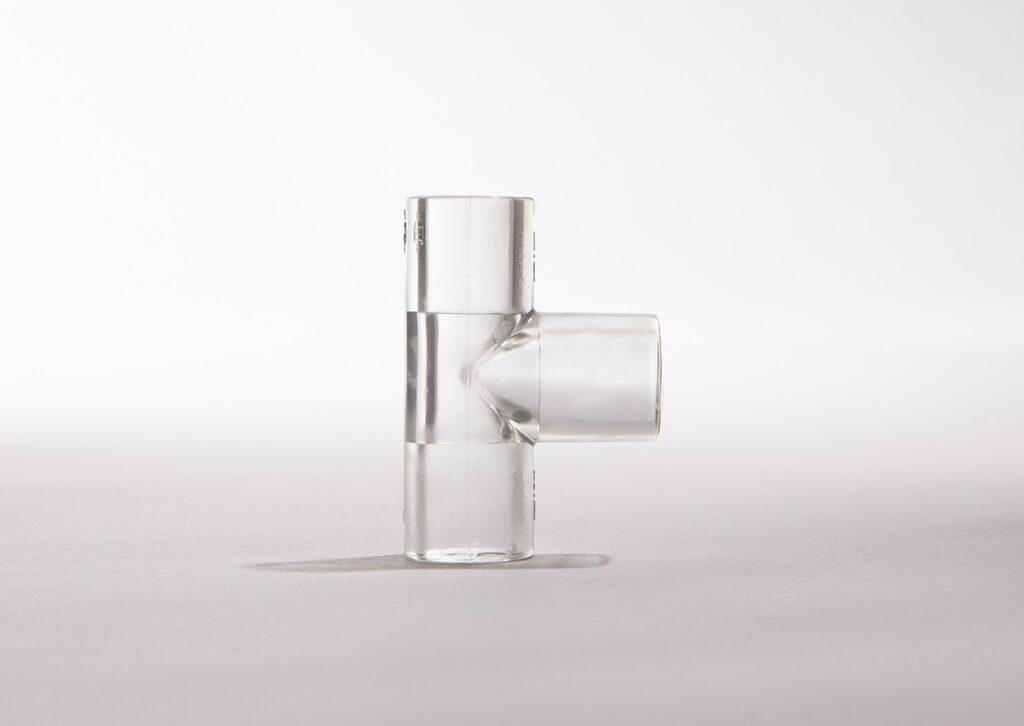PVC Evolving for Safer Fluid Pathways in the Medical Field

PVC: Evolving for Safer Fluid Pathways in the Medical Field For decades, Polyvinyl Chloride (PVC) has been a workhorse polymer in the medical industry, valued for its flexibility, durability, and cost-effectiveness, particularly in fluid connectors. However, ongoing innovation has propelled PVC far beyond its earlier limitations, resulting in significant advancements focused on enhanced safety and cleanliness for both fluid and air transmission. Modern medical-grade PVC formulations have addressed concerns regarding plasticizers through the development and adoption of alternative, non-phthalate plasticizers. These advancements ensure a significantly reduced risk of leaching and improved biocompatibility, making PVC connectors safer for a wider range of patient applications, including sensitive fluid delivery. Furthermore, advancements in manufacturing processes have led to PVC connectors with smoother internal surfaces and tighter tolerances. This minimizes the potential for particulate generation and microbial adhesion, crucial for maintaining the sterility and integrity of transmitted fluids and air. Improved sterilization compatibility also allows for more robust cleaning protocols, contributing to a cleaner and safer healthcare environment. Today’s advanced PVC fluid connectors offer a compelling combination of established benefits – flexibility, transparency, and affordability – with cutting-edge improvements in material safety and cleanliness. This evolution ensures that PVC remains a vital and increasingly reliable material for critical fluid and air management in the medical field.
